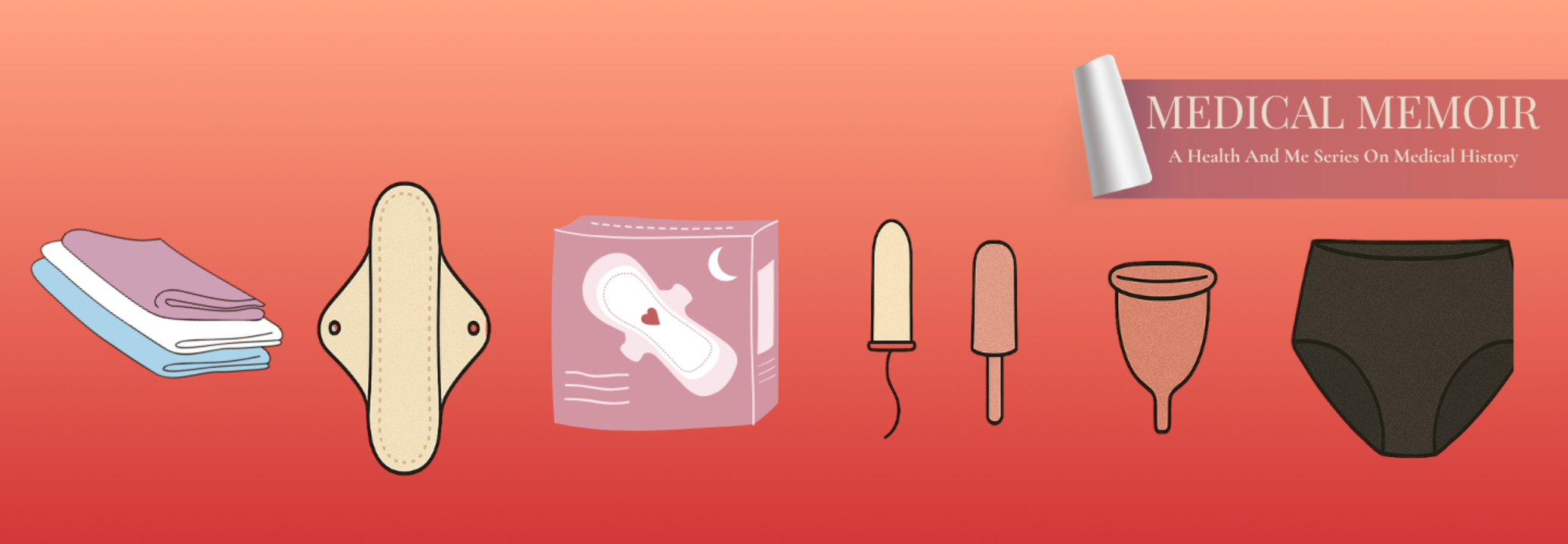Medical Memoir: The History Of Period Care Through Years Of Menstrual Products' Evolution

Credits: Canva
SummaryThis story traces the evolution of menstrual products—from ancient cloth and moss to modern menstrual cups and period panties—highlighting medical innovations, cultural taboos, and the ongoing fight against stigma.




End of Article